The Great Depression & WW II
Joining Up
After the Japanese attack on Pearl Harbor, Americans realized that the United States would soon go to war.
Young men in Tennessee, like those in the rest of the country, were angry at the attack and anxious to serve.
Young men in Tennessee, like those in the rest of the country, were angry at the attack and anxious to serve.
Some, like 20-year-old Paul Fox of Nashville, knew they would be drafted and wanted to pick the branch in which they would serve. Fox joined the U.S. Navy in January 1942.
Charles Seay, who was born in Lebanon, TN, learned about the bombing of Pearl Harbor on the radio as his family was driving to church.
I don’t remember being totally surprised or shocked....But we were all very much behind the war effort and ready to do our part. At age 17 I went into the recruiting station and applied to be an aviation cadet….So, before I was18 I was accepted as a cadet, but I had to wait until my 18th birthday.
Carl Rowan’s family lived near McMinnville, Tennessee. Rowan wanted to serve his country by fighting in the war. His goal was to become an officer in the U.S. Navy. Rowan had to pass a test before he could begin officer training. He was successful. During 1944, Rowan received his officer’s commission. Rowan became one of the first African Americans to earn a commission in the navy.
The war called many from their everyday lives. Wallace L. Poole was a local doctor who lived in Johnson City, Tennessee. He was one of the first doctors in the area to join the armed forces. He served as a lieutenant commander in the United States Navy.
Willy Isom lived in Haley, Tennessee. He had been told that his National Guard unit would be sent to a training camp in Florida. They liked the idea of a trip to Florida. Things did not turn out exactly as planned. Isom remembered:
On Mobilization Day…there was a big parade in Shelbyville and many tearful farewells were said as the unit prepared to leave for one year in Florida. The troops boarded the train and it moved off slowly….Their train picked up speed for a few miles but suddenly slowed and pulled to a siding. The men detrained to find themselves at Camp Forrest in Tullahoma, less than 20 miles from home.
Men were assigned to basic training camps located across the nation. A man from Tennessee might find himself sharing a barracks in South Dakota with someone from Brooklyn, New York. City boys who had never been in the woods dis-cover-ed what chiggers were in the Tennessee fields around Camp Forrest.
At camps the men had to learn drills and to qualify with firearms. Some received special assignments and learned skills such as how to send signals with flags or by radio. Some were eventually assigned to combat infantry, airborne, armor, artillery, or engineering units.
Others were assigned to support units. These might include anti-aircraft , chemical warfare, medical, quartermaster , ordnance , signal, construction, and transportation units. Each unit was supported and supervised by officers on the local, divisional, and headquarters areas. Under these circumstances, men relied on the other men in their unit—people they knew and could trust.
For many Tennesseans like Isom, World War II was going to be a long, hard fight filled with many surprises.
Picture Credits:
- A poster designed by Allen Sandburg in 1942 shows a tattered American flag flying at half-staff with billowing smoke behind it. The copy is "...we highly resolve that these dead shall not have died in vain...Remember Dec. 7th (Pearl Harbor)!" The quote is from Abraham Lincoln's Gettysburg Address during the Civil War. The poster reminded the public that the U.S. was attacked by the Japanese at Pearl Harbor and the deaths of Americans there should be remembered. National Archives
- Although all young men had to sign up for the draft, the armed forces still advertised for men. This poster, created by McClelland Barclay in 1942, urged men to "Man the Guns, Join the Navy." National Archives
- A photograph of a man kissing a child from a train. The man was leaving home to join the armed forces in 1943 from Union Station in Nashville. The photograph was taken by Ed Clark. Tennessee State Library and Archives
- Soldiers stand by pup tents with their gear laid out in front, ready for inspection. Part of learning to be a soldier included learning how the army wanted you to take care of your gear. This photograph was taken in 1943 in Tennessee during the Second Army maneuvers. Signal Corps Collection, National Archives
- Soldiers in a field as part of maneuvers held in Tennessee in 1944. Maneuvers were practice attacks and defense so soldiers could get used to combat field conditions. Photograph by the Signal Corps. Albert Gore Sr. Research Center, Middle Tennessee State University, Volunteer Voices, Digital Library at the University of Tennessee Knoxville
- A photograph of three friends at Will Rogers Field in Oklahoma City. Tennessee men were sometimes sent to train for the armed forces away from the state. This photograph is from a Tennessee soldier's collection. Special Collections, University of Tennessee
- Being a soldier wasn't always about combat. Some soldiers trained in other fields such as construction. In this photograph Seabees (nickname for the Construction Battalion-CB) build an airfield in the South Pacific. Special Collections, University of Tennessee
The Great Depression & WW II >> World War II >> The Gathering Storm >> Joining Up
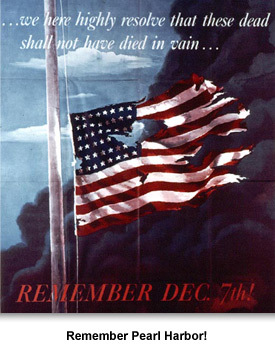
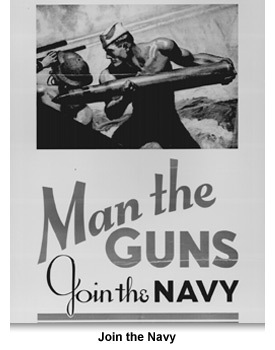


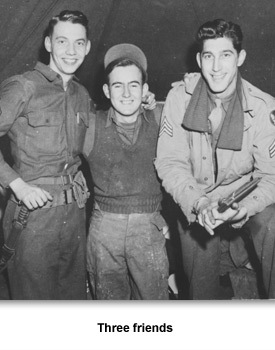
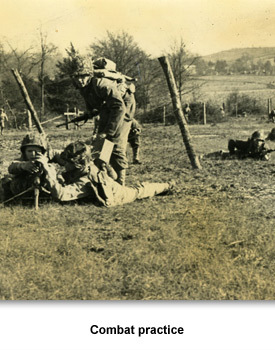
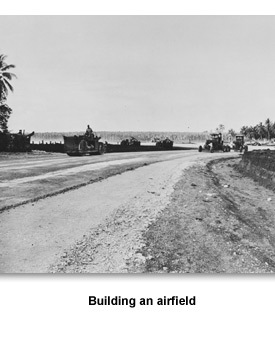
 Sponsored by: National Endowment for the Humanities
Sponsored by: National Endowment for the Humanities